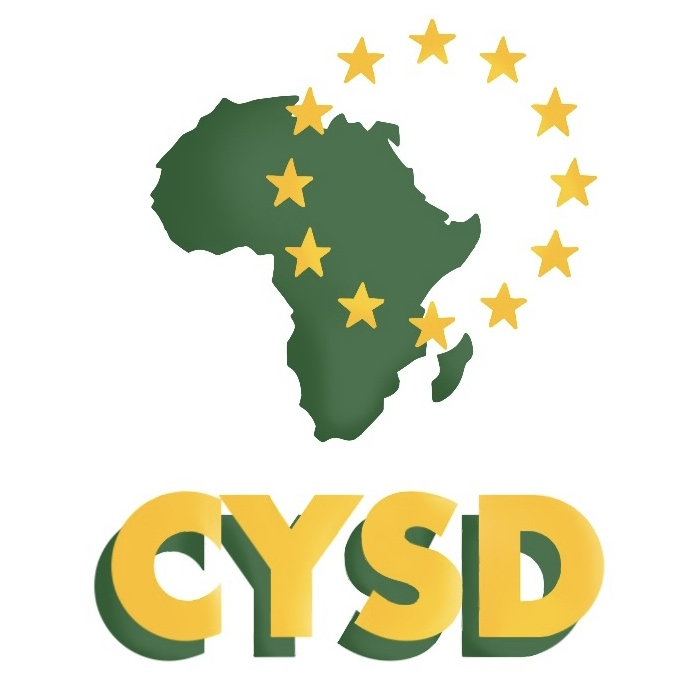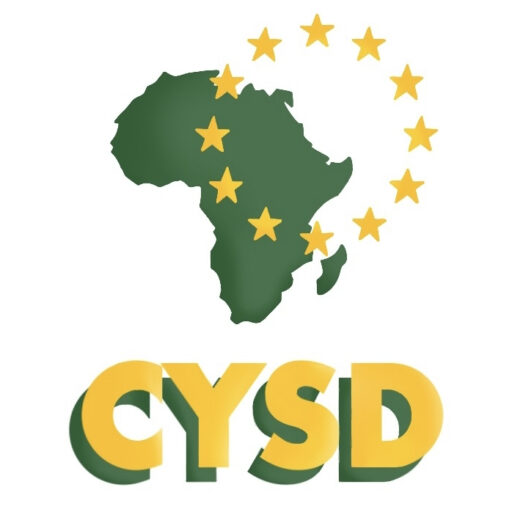Area
Economic
Summary (description and reason to be)
The Skills Towards Employability and Productivity (STEP) project is a pragmatic intervention to the lack of market driven skills resulting in high unemployability amongst Ghana’s youth population.
The flagship programme is designed, therefore, to provide the youth with Artisanal Skills Training to enable them take advantage of employment and entrepreneurial opportunities; a shift from a formal/ school-oriented approach to non-formal programs in fashion design, cosmetology, bakery, shoe production, beads making, pottery, livelihood farm etc.
STEP is in accordance with reports from Ghana Statistical Service which indicated that sixty percent (59.6%) of Ghana’s youth are employed while 12.1% are unemployed. The rest are not in the labour force.
This project necessitates an aggressive Youth Skills Development Program as key to effective tackling of the problem. To achieve this mission, the implementation of NYA STEP Project will be within the wider global framework of SDGs, particularly, Goal 4, which aim at ensuring inclusive and equitable quality education and promotion of lifelong learning opportunities for all by 2030.
The SDG 4 target 4.4 talks of “Substantially increase the number of youth and adult who have relevant skills including technical and vocational skills for employment, decent jobs and entrepreneurship” (African Union Youth Division).
Target: Vulnerable Group (VG) and/or type of community
Ghanaian youth.
Application setting: context
The project is implemented on regional bases. Each district across the 16 regions in the country will identify suitable trade areas that are of economic importance for selected beneficiaries to be trained. The beneficiaries will be assigned to master crafts work and to be trained after an orientation. The generic areas for the project are Mentorship, Entrepreneurship, Leadership, Team Building, Financial Management and Customer Relations.
Objectives
The objectives are:
• To build youth capacity to do business;
• Encourage stakeholders to expand infrastructure and absorb the youth to orientate and guide them on profitable investment options, strategies and techniques involve in addressing our current unemployment issues in Ghana.
Requirements
A Trainee must be:
i. A Ghanaian youth who will be committed to the training.
ii. Ready to accept responsibility during the period of training.
iii. Ready to learn practical skills.
iv. Age ranges from 18 to 35 years.
Performance procedures
There is monitoring and evaluation Plan designed to periodically monitor and evaluate the performance of beneficiaries of this project.
The following are the areas the youth were trained on but not limited to; Cosmetology (Make up), Metal works/Welding and Fabrication, Bakery, Fashion Design (Dress making and Tailoring), Mobile app development, Mobile Phone Repairs, Beads Making, Bamboo Work, Shoe Production, Pottery, Street Light Repairs and Maintenance Vulcanizing, Barbering/Hairdressing, Photography, General Printing, Decoration, Painting, Tilling, 3D Epoxy and Wall paper installation, Biofil and Bio Digester installation, Satellite installation, Catering, Hospitality, Computer repairs, Beverage making, Soap Making, (example, Liquid Soap), Hand sanitizer and Disinfection Production, Steel Bending, Kente Weaving, Leather Work, Basketry, Snail and Grass cutter Rearing, Bee keeping, Graphic Designing etc. The participants were examined and awarded certificates after the entire training session.
Activities
The generic areas for the project are:
• Mentorship.
• Entrepreneurship.
• Leadership.
• Team Building.
• Financial Management.
• Customer Relations.
Results
Trainees who successfully completed the project was awarded certificates of participation based on the National TVET qualification framework. However, in the event that a trainee is unable to complete the training within the scheduled period due to obvious challenges, he/she would be given the opportunity to complete the period left.
The project has provided numerous Ghanaian youths with an edge into the job market as well as giving them great sense of personal satisfaction.
The beneficiaries who completed the training are awarded equipment to start their own enterprises, the beneficiaries who were satisfactorily trained are provided with set of tools and equipment to enable them set up small businesses after graduating from the project.
Strengths
The strengths of the STEP Project are:
• Improving economic growth by increasing the employability and productivity of young people in the labour market.
• The youth has laid their hands on practical training.
• The project has transformed Youth through capacity building.
Weaknesses
• Insufficient funds and sponsorship to support the project.
• Inability of beneficiaries to open their own shops due to financial constraints.
• High illiteracy rate of about 50% of participants, hence there was no effective teaching methodology to capture them well.
Difficulties or constrains for its implementation
They were little challenges during the regional piloting due to political interreference. Hence, which resulted the delay of the project. Another challenge was the untimely disbursement of funds to manage the entire project as a result of intensive bureaucracy lines.
CRITERIA actors or stakeholder are using to assess it as a “good practice”
The major criteria most often the industry players or actors use to assess the goodness and performance of a project is the ability of the project to meet its timelines and has impacted positively towards community progress and development like this STEP project did. The STEP project has empowered young people in Ghana by giving them practical training on handwork in a divisive options for beneficiaries preferred choices under the facilitation of professional master craft persons. The stakeholders have accepted the initiative wholeheartedly, as a clarion call on Government and private sectors, CSOs, NGOs to do more and consistently giving this kind of practical trainings to the youth in order to bridge the poverty gap in the Northern part of Ghana. Monitoring and Evaluation Plan is one of the designed techniques used periodically to monitor and evaluate the success of the project and also help improve the project as expected.
Year and length (duration)
6 year duration.
The project is a rolling project (it’s an open duration currently).

